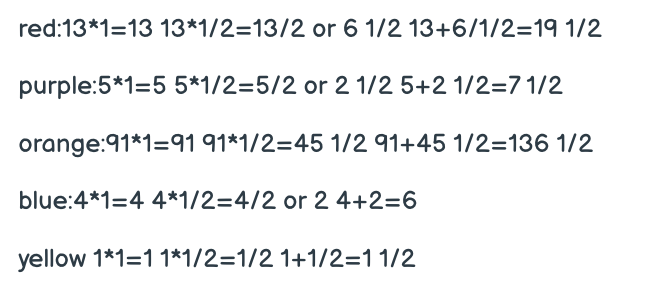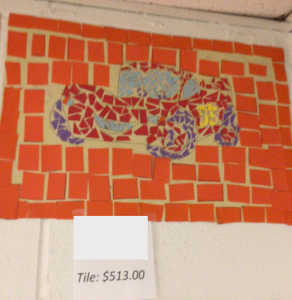
I believe that it is important for students to perceive math beyond mere digits on a page. Math is often seen as a subject that requires excessive computation, but it encompasses spatial reasoning and artistic aspects as well. Recently, I conducted a class where I blended the skill of multiplying unit fractions with creating a math mosaic and it turned out to be an enriching experience for the students.
To introduce the task, I collected different colored poster paper, glue sticks, scissors, and pencils. I divided the students into random groups and asked them to select an image that was traced onto the larger poster. The teams then decided on the colors and the quantity of each color required to complete the entire mosaic. Students estimated the amount needed and then used 1-2″ strips to find the exact amount. The gluing part of the project was the most time-consuming and required precision.


I was impressed by the critical thinking displayed by the students as they worked on the project. They were meticulous in their approach and made necessary edits to ensure that their work looked aesthetically pleasing. Most groups had to revise their total area numbers as well as number models. Additionally, the groups had to determine which medium to use to create their project, such as stone, tile, or glass. They calculated the entire amount required and added it to their total.



Once the project was completed, the class had a gallery walk where they examined all the creations. This project proved to be an excellent opportunity for students to practice their fraction multiplication skills while infusing an artistic element.


If you’re interested in exploring this specific project further, you can find detailed instructions by clicking here.